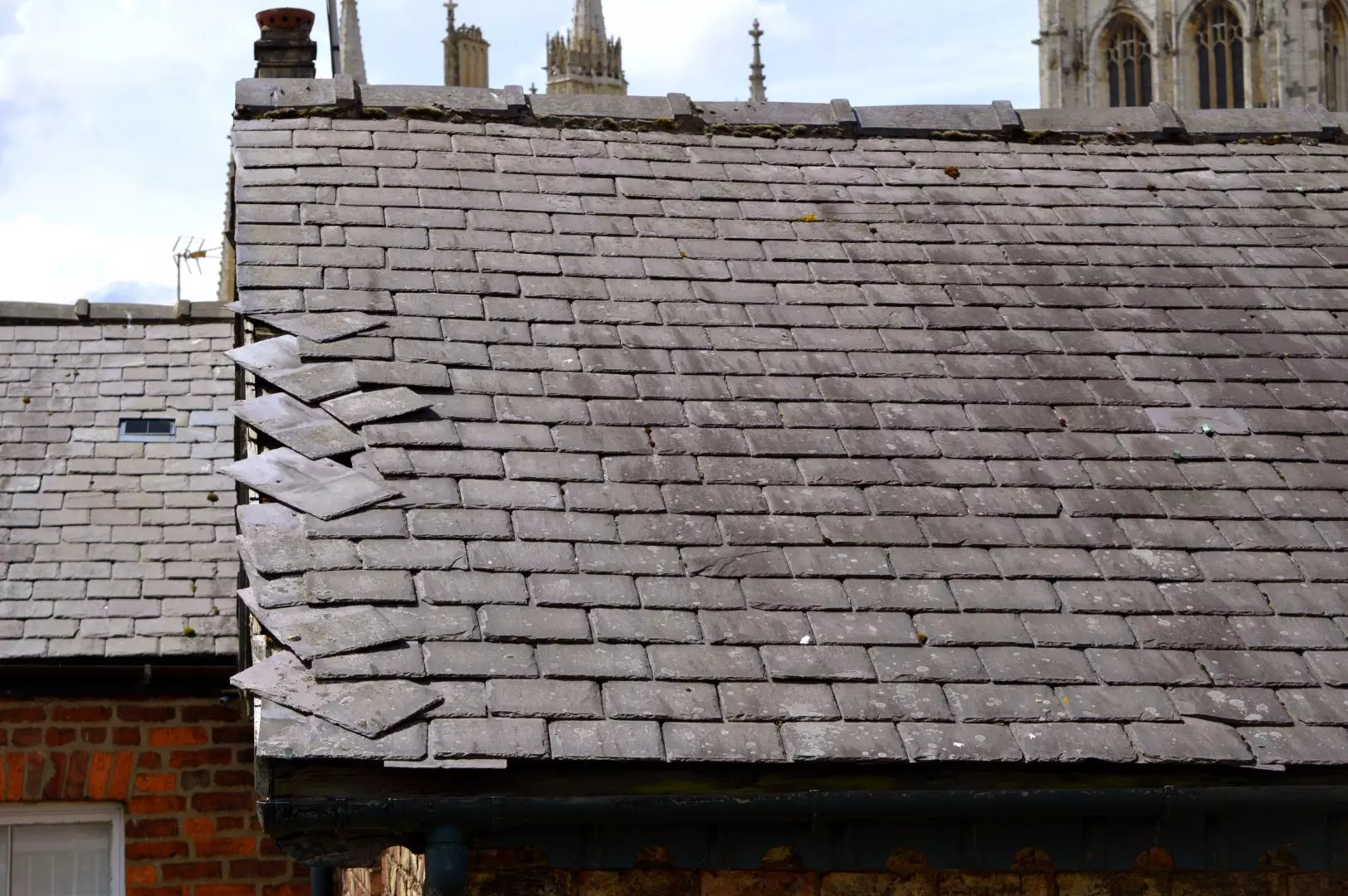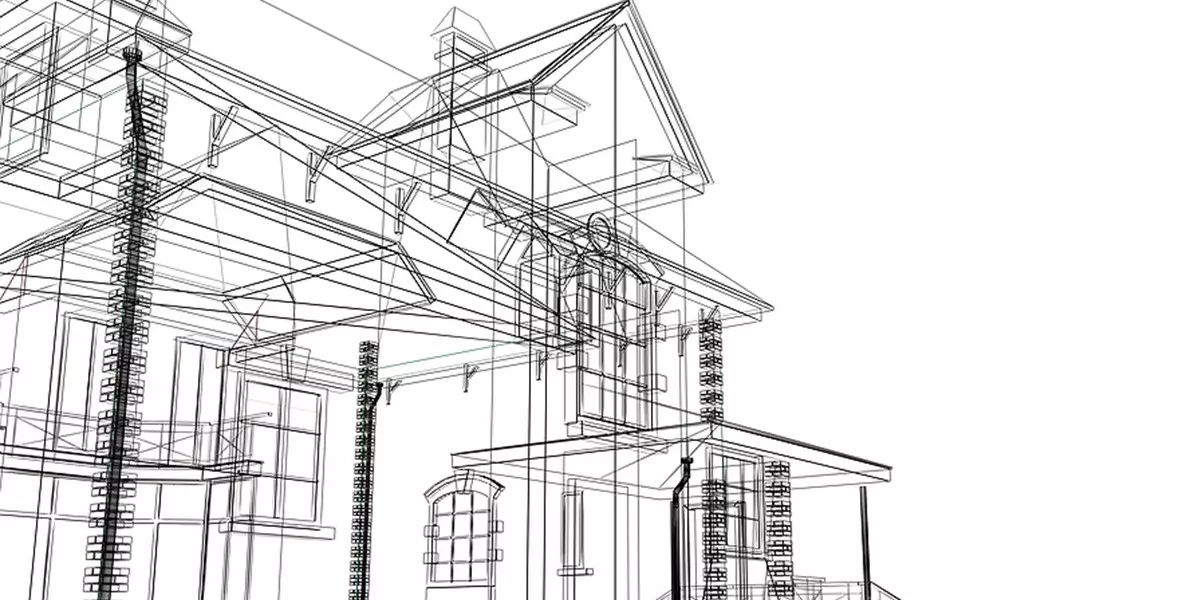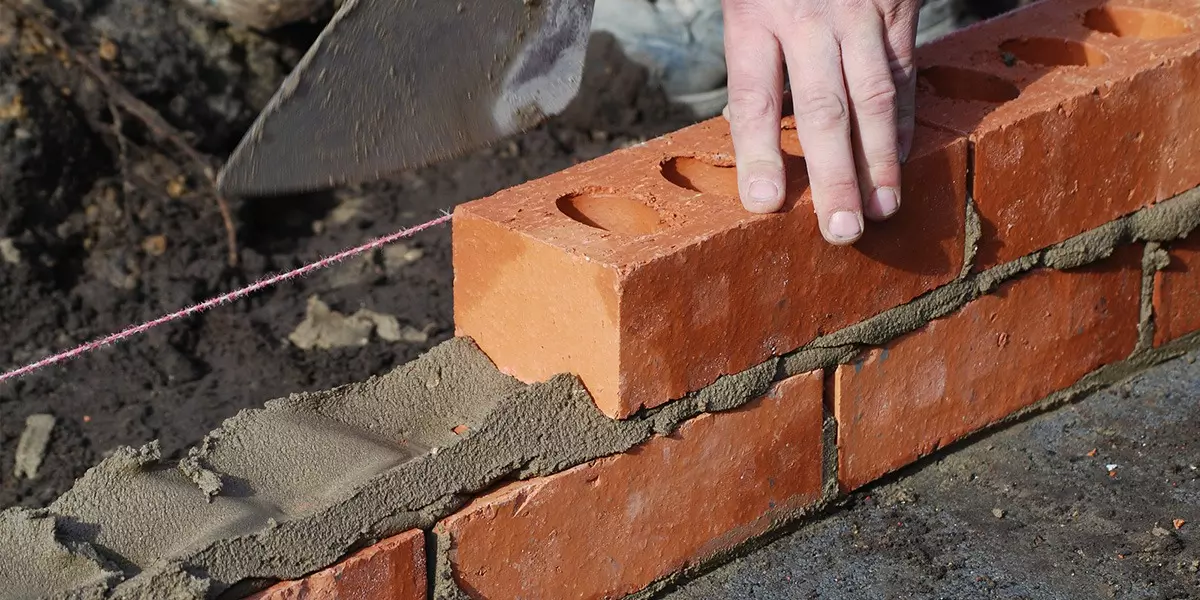Whether you're buying or selling a property, our comprehensive insights shed light on issues that frequently arise during home surveys.
From structural concerns to hidden defects, stay informed about what to look out for and how to navigate these challenges. Whether you're a first-time homebuyer or a seasoned property investor, this guide is your key to a smoother real estate transaction.
The Presence of Asbestos
One of the most prevalent issues that often crop up during house surveys is the presence of asbestos. Asbestos, once a popular building material for its fire-resistant and insulating properties, is now a notorious health hazard. Homes constructed before the 1980s are particularly at risk of containing asbestos-containing materials (ACMs).
During a house survey, trained inspectors look for any signs of ACMs, such as in roofing, insulation, siding, or flooring. The concern lies not in the undisturbed asbestos, but in its potential release of harmful fibres when disturbed, leading to severe respiratory diseases like mesothelioma.
Identifying and addressing asbestos issues are crucial not only for safety but also for legal compliance. In many regions, property owners must disclose the presence of asbestos, and its removal or proper encapsulation is often mandated by law.
Dealing with asbestos can be expensive, and it's a problem that requires professional remediation. However, discovering it early through a house survey allows homeowners to take necessary precautions, ensuring the safety of their families and the value of their property.
The presence of asbestos is a common house survey problem that necessitates careful inspection and remediation. Ignoring it can lead to serious health risks and legal repercussions, making it a top concern for homebuyers and sellers alike.
Roof Issues
Roof problems are among the most common issues discovered during house surveys, and they can significantly impact the overall condition and value of a property. During a house survey, inspectors closely examine the roof for signs of damage, wear, and potential leaks.
One prevalent roof issue is missing or damaged shingles, which can allow water infiltration, leading to structural damage and mould growth.
Additionally, deteriorated flashing, which seals roof joints and edges, is another concern. Damaged or improperly installed flashing can result in leaks and costly water damage.
Gutters and downspouts play a crucial role in directing rainwater away from the house. If they are clogged, damaged, or improperly installed, water can pool on the roof, leading to leaks and potentially compromising the foundation.

Roofing materials have a limited lifespan, and an ageing roof can pose a significant problem. Inspectors assess the roof's age and condition to determine if a replacement is necessary. Roof issues are a common house survey problem that can have far-reaching consequences if left unaddressed.
Detecting and addressing these issues early can save homeowners from costly repairs and protect the long-term integrity of their property. Therefore, a thorough roof inspection is a vital component of any house survey.

Dampness And Wet Rot
Dampness and wet rot are two interconnected issues that frequently plague homes and are commonly uncovered during house surveys. These problems can have serious consequences not only for the structural integrity of a property but also for the health of its occupants.
Dampness often arises from water penetration through the roof, walls, or foundation, or even from poor ventilation within a property.
It can manifest as visible damp patches on walls or ceilings, peeling paint, or musty odours. Left unattended, dampness can lead to a variety of problems, including the growth of mould and mildew, which can trigger respiratory issues and allergies in inhabitants.
Wet rot is a particular type of fungal decay that occurs in wood and other organic materials when moisture content remains consistently high.
During a house survey, inspectors look for signs of wet rot, such as discoloured, soft, or crumbling wood, as well as a distinctive, musty smell. If untreated, wet rot can weaken structural timbers and compromise the overall stability of a home.
Addressing dampness and wet rot is crucial not only to safeguard a property's structural integrity but also to maintain the health and well-being of its occupants. This often involves identifying the source of moisture ingress, such as damaged roofing, faulty plumbing, or inadequate ventilation, and implementing necessary repairs.
Additionally, treating affected areas with specialised anti-fungal solutions and ensuring proper ventilation can help mitigate these issues. Dampness and wet rot are recurring house survey problems that require immediate attention.
Detecting these issues early can prevent significant structural damage, reduce health risks, and save homeowners from costly remediation efforts down the road. Therefore, thorough inspections for dampness and wet rot are essential components of any house survey, ensuring that homes remain safe, sound, and comfortable for their occupants.
Japanese Knotweed
Japanese Knotweed, scientifically known as Fallopia japonica, is a notorious invasive plant species that has become a prevalent house survey problem in many regions.
While its delicate appearance may deceive, Japanese Knotweed is incredibly destructive, capable of causing significant damage to a property's foundations, walls, and drainage systems.
During a house survey, one of the primary concerns is identifying and assessing the presence of Japanese Knotweed on or near the property.
This plant spreads aggressively through its extensive underground rhizome system, making it difficult to eradicate once established. Its growth can crack concrete foundations, disrupt drains, and infiltrate buildings, leading to costly structural damage.

Recognising Japanese Knotweed can be challenging, as it undergoes seasonal changes in appearance. In spring, it sprouts red shoots that quickly develop into bamboo-like stems, while in summer, it produces heart-shaped leaves. In late summer and fall, it blossoms with small, white flowers.
However, during winter, it dies back, making it less conspicuous but still present underground. Efforts to control Japanese Knotweed can be expensive and time-consuming, often requiring professional intervention. In some regions, homeowners may be legally obligated to eradicate it, and failure to do so can result in property devaluation and legal consequences.
Japanese Knotweed is a persistent and serious house survey problem that can jeopardise the structural integrity and value of a property. Early detection and effective treatment are essential to prevent further spread and minimise the damage it can cause. Homebuyers and sellers alike should be aware of the risks associated with Japanese Knotweed and ensure proper assessment and mitigation measures are taken during the house survey process to safeguard their investments and the integrity of their homes.

Structural Movement
Structural movement is a prevalent and critical issue that house surveys often uncover. It refers to the shifting, settling, or deformation of a building's structural elements over time, and it can have profound implications for the safety, stability, and value of a property.
One common cause of structural movement is the natural settling of a building's foundation.
Over the years, as the ground beneath a house adjusts and compacts, minor shifts can occur, leading to cracks in walls, ceilings, or floors. While some degree of settling is normal, excessive or uneven movement can signal significant structural problems.
Another factor contributing to structural movement is soil moisture. Expansive soils, which expand when wet and contract when dry, can exert pressure on a foundation, causing it to heave or settle unevenly. This can result in cracks, tilting, and distortion of the building's framework.
In some cases, structural movement is exacerbated by inadequate construction practices, such as poor foundation design, substandard materials, or insufficient reinforcement. These issues may not become apparent until a house survey is conducted, revealing signs like sagging beams, shifting walls, or warped floors.
Detecting and addressing structural movement is crucial, as it can lead to a range of problems, including compromised structural integrity, safety hazards, and decreased property value. During a house survey, trained inspectors use specialised tools and techniques to assess the extent of structural movement, identifying its causes and potential consequences. Remediation of structural movement often requires professional intervention. Depending on the severity of the issue, solutions may include foundation repairs, underpinning, soil stabilisation, or structural reinforcements.
Addressing these problems early can prevent further deterioration and save homeowners from costly repairs down the line. Structural movement is a common and fundamental house survey problem that should not be underestimated. It can result from various factors, including natural settling, soil moisture fluctuations, or construction deficiencies. Recognising the signs of structural movement and taking timely action is essential to ensure the safety, longevity, and value of a property.
Are you looking for professional survey services in Maidstone and Kent? If you have any questions regarding our services please simply get in touch.





